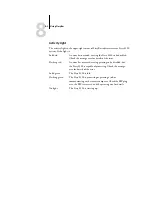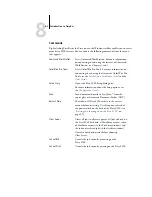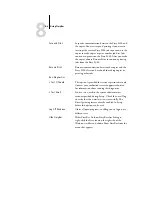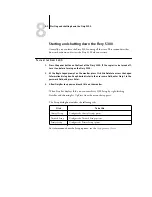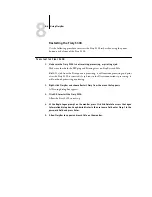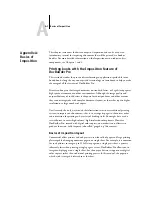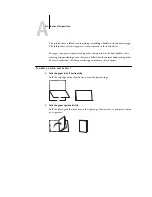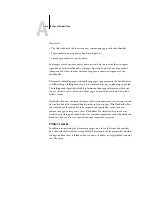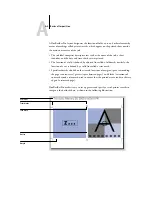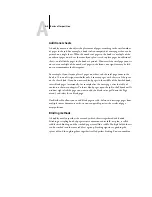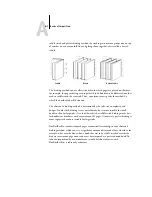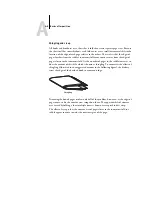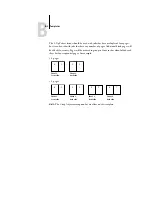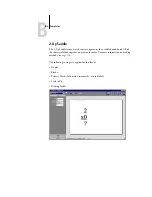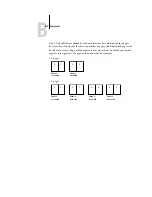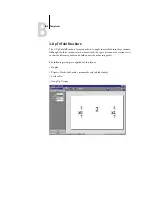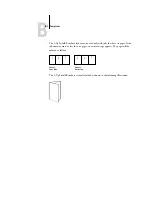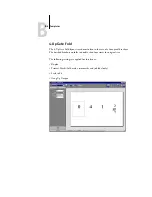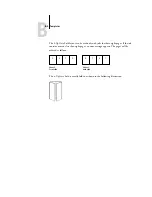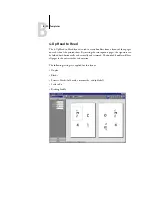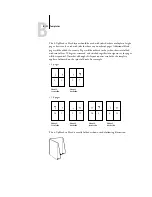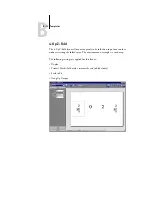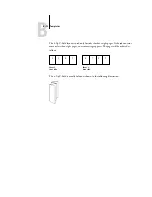
A
A-8
Basics of Imposition
Shingling and creep
All books and brochures use a sheet that is folded to create separate page areas. Because
the sheet itself has some thickness, each fold causes a very small incremental shift in the
location of the edge of each page relative to the others. The result is that the edges of
pages furthest from the saddle’s innermost fold seem to move away from the edges of
pages closest to the innermost fold. As the number of pages in the saddle increases, so
does the amount of this shift, which is known as shingling. To counteract the effects of
shingling (illustrated in an exaggerated manner in the following figure), the bindery
trims the edges of the finished book to a common edge.
Trimming the bound pages resolves only half of the problem, however—as the edges of
pages move, so do the content areas imaged on them. The apparent shift of content
area caused by folding a sheet multiple times is known as creep or binder’s creep.
The effect of creep is that the content area of pages closer to the innermost fold in a
saddle appear to move towards the outer margins of the page.
Shingling

